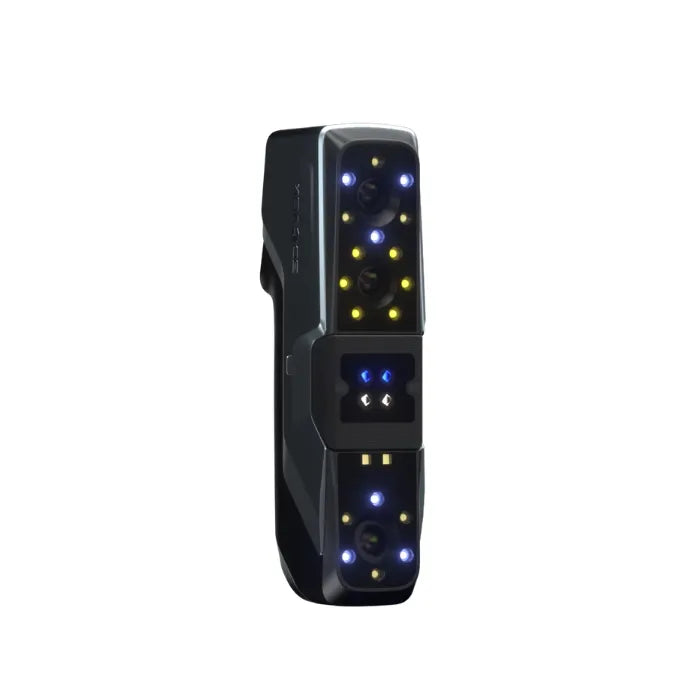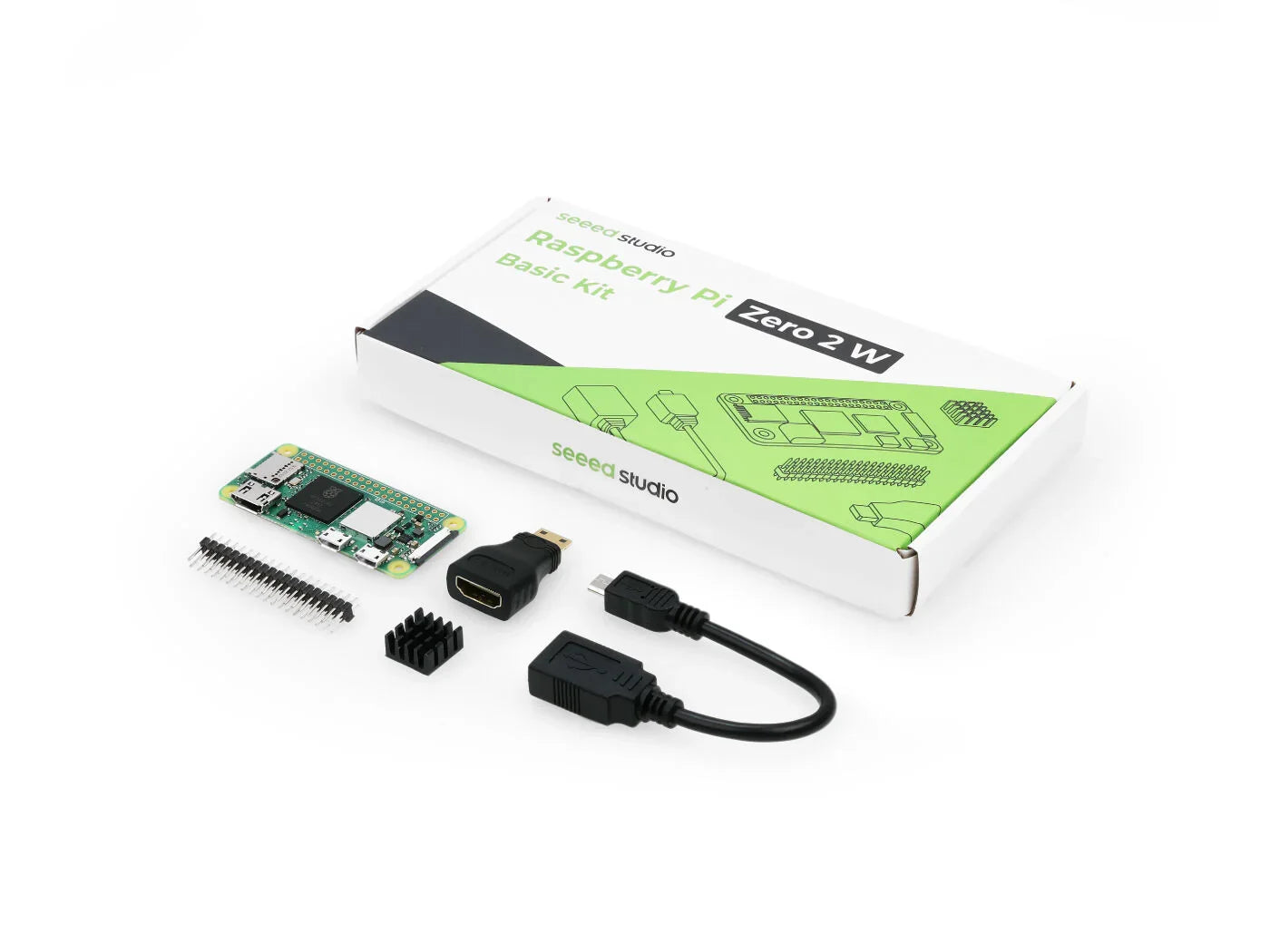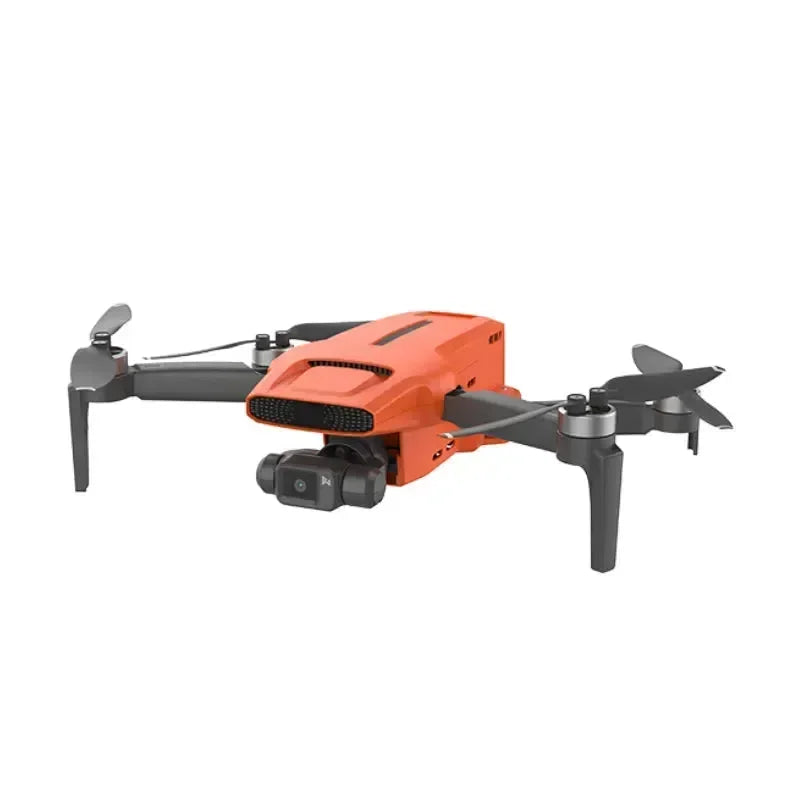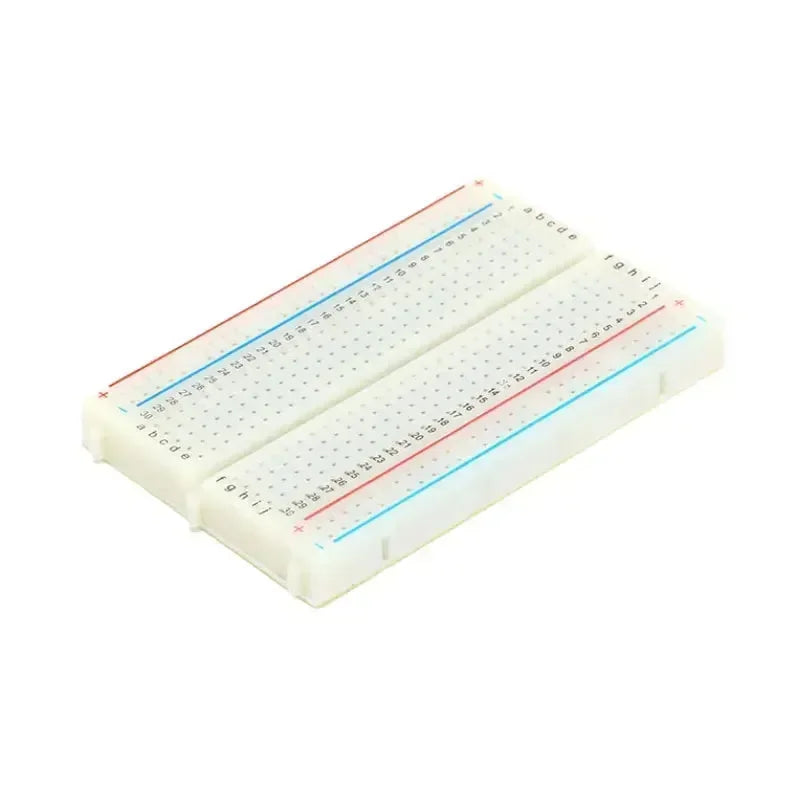Project Overview
Fall detection is an essential technology, particularly in elderly care and smart home safety. With Raspberry Pi and OpenCV, you can build an efficient detection system that monitors falls in real time and logs the data. This project is an enhanced version of the KNN 3D Human Skeleton Recognition project, designed to be practical and easy to implement.

Hi 👋! Welcome to OpenELAB’s tutorial project! This article provides a detailed guide on how to use a Raspberry Pi 4B and OpenCV to implement a human fall detection system. The tutorial is divided into three parts, and today we’ll focus on Part 2, where we implement the core functionality. This includes:
-
Training the data
-
Saving the results in a CSV file
-
Using a camera to validate your model
Let’s dive in and build something amazing together! 🚀
Next, we’ll guide you step-by-step 📜 through the source code, making it simple for you to dive into this project!
Are you ready? Let’s get started 🚀
Steps to Follow
-
🚀 Open Remote
-
Set Up the Camera
-
Configure VSCode
-
Run the Project in VSCode
-
🔧 Follow Usage Instructions
Note: This project is a modified version of the KNN 3D Human Skeleton Recognition project. It provides a complete tutorial on running it seamlessly on a Raspberry Pi.
Course of Action
Open Remote:

Steps to Open the Camera:





IDE Python Running Location on Raspberry Pi:

Configure Code: Benefits, Easier Error Fixing:

Opening Process:

Installation Success: Run test.py


Compile and Run
-
First, run the test code test.py to ensure the camera works correctly.
-
Run the First_train.py file to train the data, and save the human body keypoints as 1_Fall.csv and 2_Normal.csv files. The user can press the Esc key to exit and save the results.
-
Run the second_KNN.py file to use the KNN model for configuration.
-
Run the Third.py file for verification. You can upload a video with complete human key points or open your camera for testing.

Final Result (includes GIF files)

Reference Links:









































































































